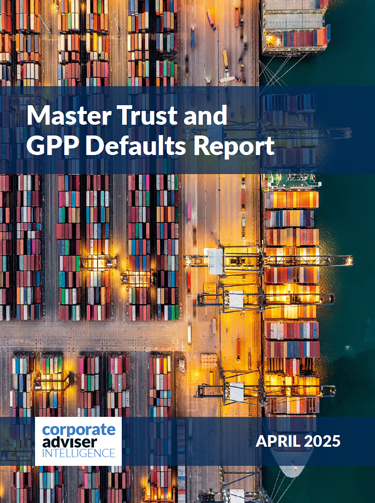As we are all aware, in 2012 all UK employers will face new obligations in terms of workplace pensions provision and will need to make sure they are meeting the requirements for Personal Accounts.
It is important to remember that the new Personal Accounts pension scheme is being designed to complement existing employer provision and not replace it. The Government have specifically designed the scheme to appeal to the target audience ie the 9 to 12 million people who are currently not saving enough as identified by the Pensions Commission. This is the rationale for the contribution limit of 3,600 and the definition of band earnings of 5,035 to 33,540. Both the contribution limit and qualifying earnings will be increased in line with earnings growth.
Employers need to consider the contribution rate on any existing pension scheme. The overall contribution rate may be 8 per cent but this may have implications depending on the average earnings of employees and the definition of scheme earnings. Current contract-based pension schemes often use basic earnings when calculating contributions. Given that ’qualifying earnings’ for Personal Accounts include bonuses, overtime, commission and statutory payments such as sick pay, a current contribution of 8 per cent on basic earnings may not meet the 2012 benchmarks.
The Government is keen that good quality employer-sponsored pensions provision continues and is designing exemption criteria. Employers are free to choose a qualifying workplace pension so long as it enables them to meet their new responsibilities. This could be any one or a mix of the following; a Personal Accounts scheme, a group personal pension. a stakeholder, a group Sipp or an occupational pension schemeAs mentioned previously, for most employers this means a check against the exemption criteria to understand any impact and may result in rationalisation of current arrangements. The recently published ’Pensions – Consultation on Draft Regulations’ by the DWP has indicated that where an employer has a waiting period on a scheme (and many do already to avoid the administration of ’early leavers’) of 90 days the expected employer contribution will be 6 per cent of band earnings rather than 3 per cent. Employees will still need to pay 4 per cent of qualifying earnings, plus 1 per cent tax relief. The rationale for this is to compensate for the loss of employer contribution on the scheme however the higher amount will continue for the duration of the membership of the scheme.
Employees will be auto-enrolled to the scheme following any waiting period and the draft regulations propose that the employee will be able to opt out after being auto-enrolled. The proposed time frame for auto-enrolment in the draft regulations is a scheme-joining window of up to 14 days and a concurrent information provision window of up to 14 days, followed by a genuine opt out period of up to 30 daysThis may present some problems for employers where employees opt out. If they do this at the end of the opt-out period it is highly possible that the employer will have deducted the first contribution before that. In a company where opt outs are high then this could be administratively challenging.
In considering scheme design employers may decide to offer a segmented approach. The entry level may be a Personal Accounts style model with no waiting period (and in some cases may be Personal Accounts) with the option to move to another level after a prescribed period. An employer could also decide to incorporate flexibility into this second tier and make it available from the outset of service.
This second level could offer higher employer matching contributions and more investment options perhaps including self investment and share rollover. In this way employers could develop employee loyalty and retention and make their recruitment process more attractive, helping to build the business over the longer term. For more transient employees the Personal Accounts level will still offer a workplace savings model that meets the new employer duties.
It is also anticipated that employer costs are likely to increase as a result of these new duties. The current economic climate does suggest that this would be most unwelcome therefore it is essential that employers do consider their options going forward and agree the preferred strategy and scheme design with their intermediaries.




